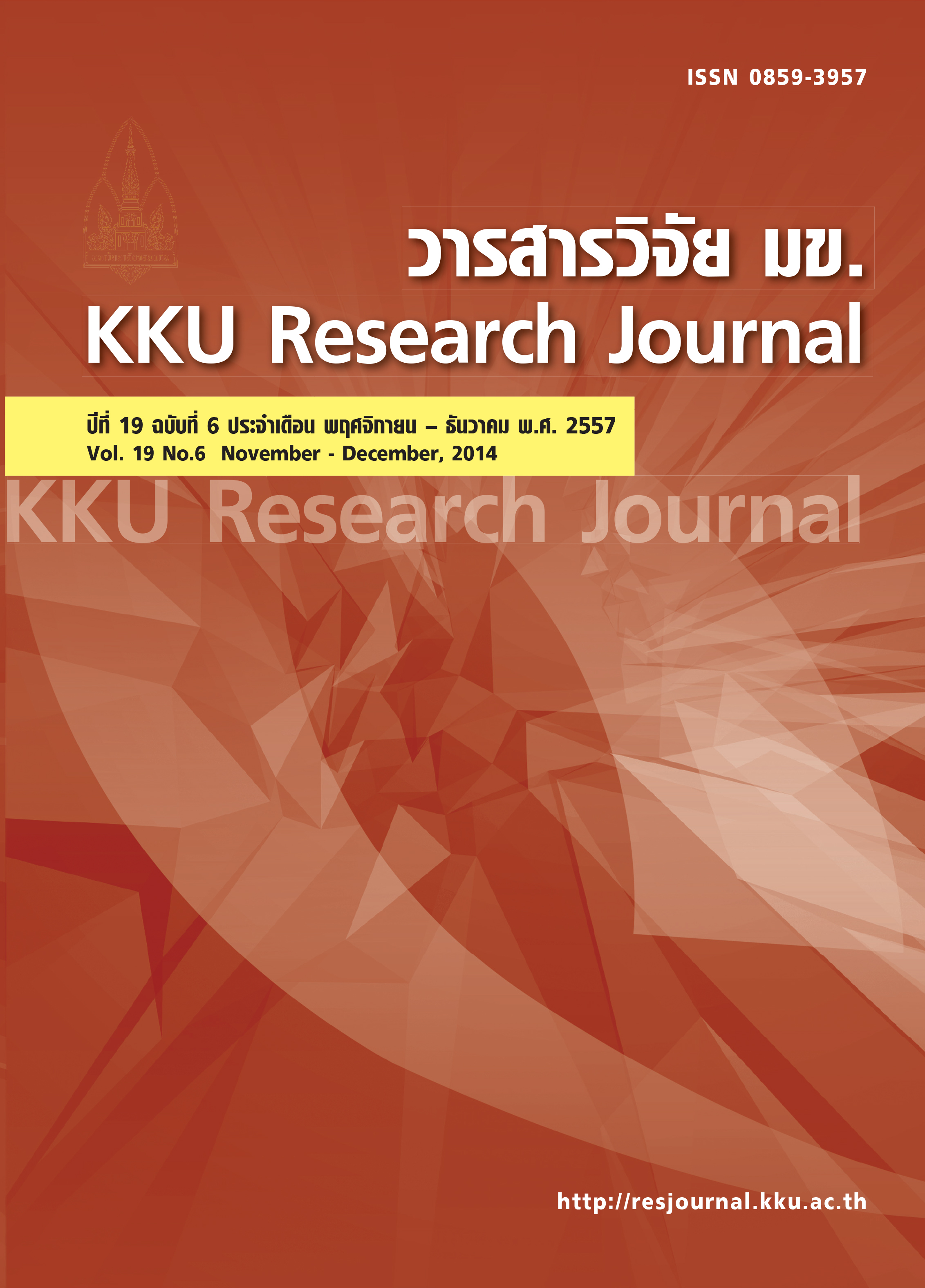Is it possible to cheat the lottery draw by weighing?
Main Article Content
Abstract
In this experiment, the modeled lottery drawing machine was designed using the automatically controlled air blowing system. The numbered balls from 0 – 9, made of foam, were loaded in the machine. The lottery drawing was carried out 1000 times for each set of experiments. The results were statistically analyzed using the Chi-square test or the one-sample proportion test. The results showed that for the controlled set using 10 balls with the same mass the lottery drawing was fair ( p > 0.05). On the other hand, the numbers of measurements are very important on the fairness at a statistically signi fi cant level. This research showed explicitly that the analyses of 50, 200 or 500 measurements can result signi fi cantly different from the analysis of 1000 measurement. By weighing one ball with the mass of 1.0% or 5.0% heavier than the rest, it did not result in the unfairness (p > 0.05). However, the result was unfair (p < 0.05) if one ball was weighed 1.0% or 5.0% lighter than the other balls. The winning probability of such ball was also enhanced signi fi cantly. In the case that all 10 balls had different masses, each ball with 1.0% mass difference, the result was unfair (p < 0.05) but the relationship between the mass and the frequency of drawings was not found. Lastly, with 7 balls for which each ball was 2.0% mass different, the result was fair (p > 0.05). Nevertheless, the linear relationship between the mass and the frequency of drawing was found with the Spearman correlation coeffi cient of -0.704.
Article Details
How to Cite
Pinitsoontorn, S., Buathong, S., & Srisodaphol, W. (2017). Is it possible to cheat the lottery draw by weighing?. Asia-Pacific Journal of Science and Technology, 19(6), 804–818. retrieved from https://so01.tci-thaijo.org/index.php/APST/article/view/83061
Section
Research Articles


